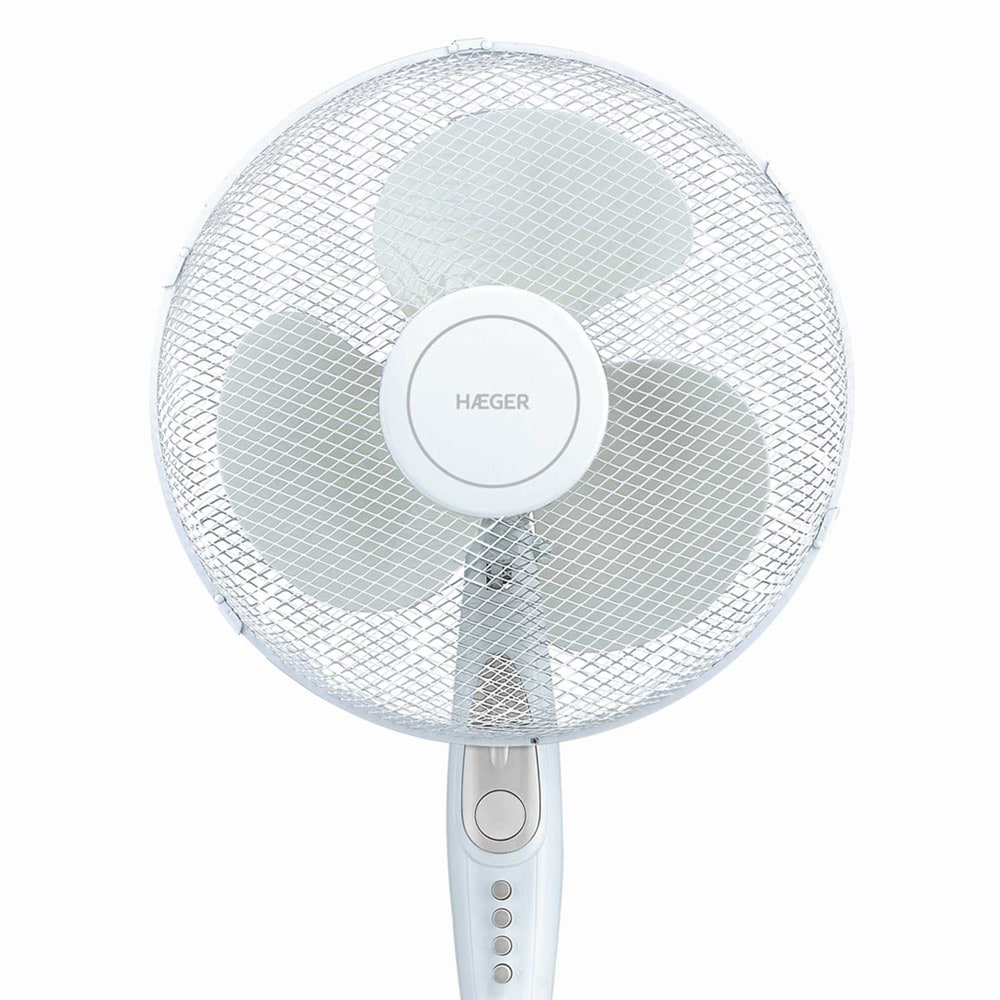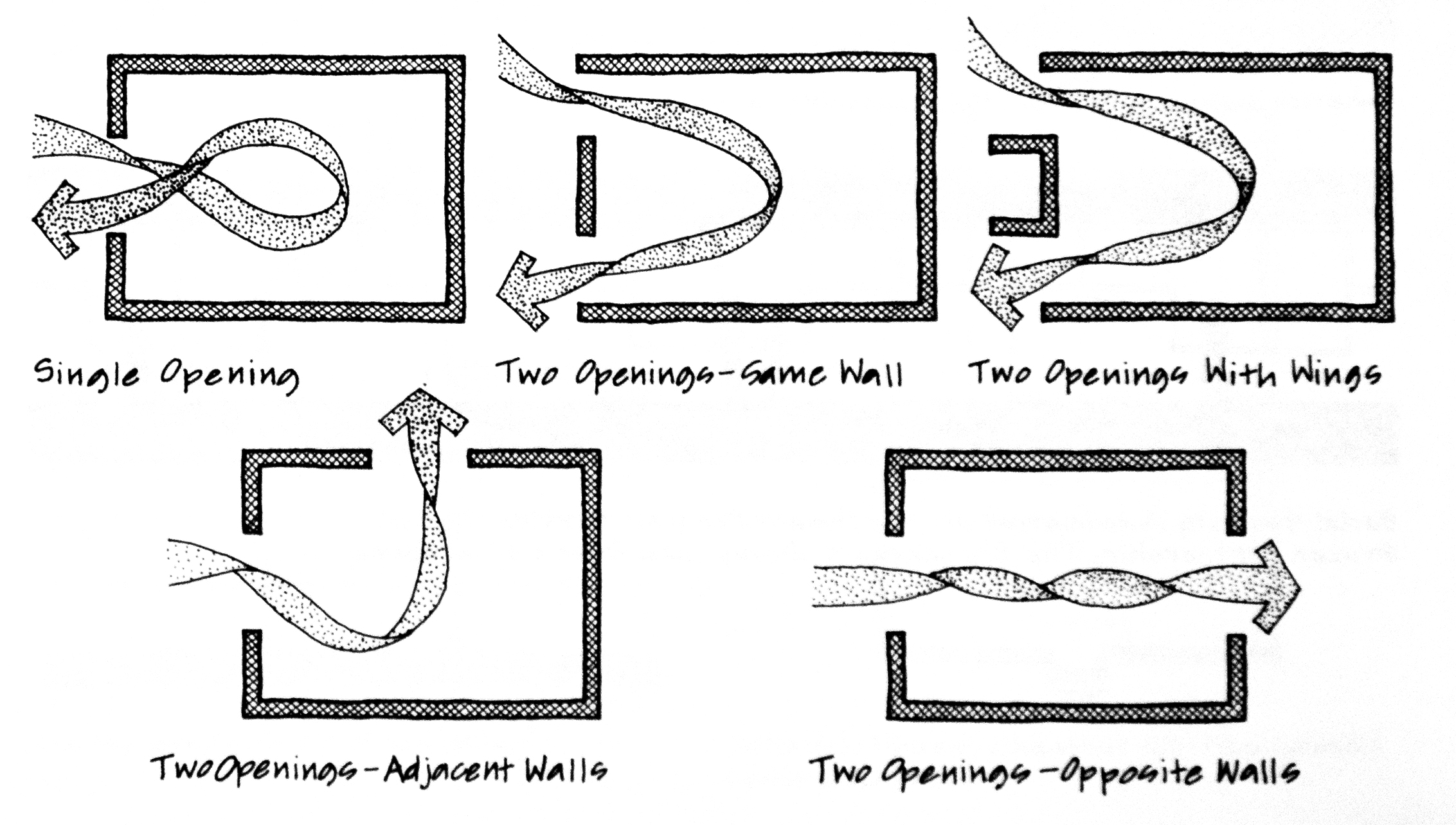Cooling Cross Breeze. How To Keep A House Cool When Outside Temperatures Rise Homebuilding
Cross ventilation is a natural phenomenon where wind enters an opening, such as a window, flows directly through the space, and exits through an opening on the opposite side of the building (where the air pressure is lower). To set it above the rest, this case is made of steel to stand up with the bumps and grinds of day to day living. Cross ventilation can clean your home's air, save you money, and is easy to implement.
Sleep Cool 10 Best Ways to Keep Your Room Cool Layla Sleep
Learn how to create a cross breeze and start breathing cleaner air today. The slk 1650 supports atx motherboards 12 x 9.6 or smaller, with 7 pci expansion slots in the rear. This process replaces the stale air with fresh and cooler air.
In addition, cross ventilation helps remove odours and moisture, which create mould in your house.
By placing a large fan in a window blowing warm air out and another fan in a window that blows cool outdoor air in, you can take advantage of the air flow and create a cross current that removes stale air and keeps the place cool. How to create a cross breeze with one window At night elevated houses tend to cool down quicker as the internal heat can quickly be vented into the cooling breezes. Make a breeze flow over bed:
Place fan facing open window from across bed to create a cooling cross breeze: Use a fan to move heat from inside to outside: Place box fan in window facing out to blow the hot air from room to outside: Allow the ceiling fan to suck the heated air up

The building's orientation helped to keep temperature in the rooms, cooling in the summer and heating in the winter.
In addition, the area under the front arches once featured windows and doors that opened at the front and back of the auditorium, creating a cooling cross breeze. However, the effectiveness of cross ventilation as a cooling method diminishes as the outside temperature rises. Keeping the windows open all day may eventually allow hot air to enter your home As you approach, you can already see the lake right through the house, frum tells the magazine.
Cross ventilation is a natural method of cooling buildings that utilize the wind to move fresh air through the structure. Designing buildings with good cross ventilation can significantly reduce the need for mechanical cooling systems, resulting in energy savings and improved indoor air quality. If you opt for a ventilating door (door with a screen) you can take advantage of a cooling cross breeze on sweltering days. If you live in the north, storm doors are great in the winter, too, they'll protect your front door from damage caused by exposure to ice, hail, snow, and pelting rain.

Install one each side of your aircraft, one facing forward, scooping the outside air inwards and the other facing aft to allow air to exhaust outwards, and create a cooling cross breeze in the cabin.
Installed in the same 3 ¼” diameter hole as the original cc3251. Create a cooling cross breeze. One of the simplest and most effective ways to cool a room without air conditioning is by creating a cross breeze. All you need to do is open the windows in your room and place a fan near one of the windows facing outside.
The fan will suck in the cooler air from outside and circulate it throughout the room. Feel how the air is moving and adjust the openings to get more airflow. To create a cooling cross breeze, position one fan to blow air out of a window on one side of the room and another fan to draw air in from a window on the opposite side. This setup promotes continuous airflow and helps expel hot air from the room while drawing in cooler air from outside and can help cool down a room fast.

You'll need two fans and two windows that open.
The best method is to allow a breeze to enter one window and exit directly from another one. The wind from outside will combine with the fan, resulting in a pleasant, cool breeze. You can also try setting up multiple fans around the room to increase airflow and make the breeze even more refreshing. Enjoying the outdoors in functional style has never been easier.
This set of swivel bar chairs feature a handwoven wicker profile set in an open weave pattern. This provides both a light and airy feel and a cooling cross breeze so you can enjoy hours of lounging. Full kitchen with king bed private lanai and amazing views. Cross ventilation describes the process of pulling cool air into a room through one opening while pulling hot air out of the room through another.

You can usually achieve this in a room by opening multiple windows.
Open windows and use fans at night and in the early morning to blow the cool, fresh air in. Create a cooling cross breeze through your home by placing fans in windows to pull air in on one side of your home (preferably the cooler side). To cool as much of your home as possible, tightly close the windows near the fan and open a window in a room Due to the effects of air pressure, it can suck warm air out of a room, replacing it with cooler air.
This creates a cooling effect not just in the area between two points but the surrounding space as a whole. This causes a constant cooling cross breeze over all your sensitive equipment, protecting them from the ravages of heat.